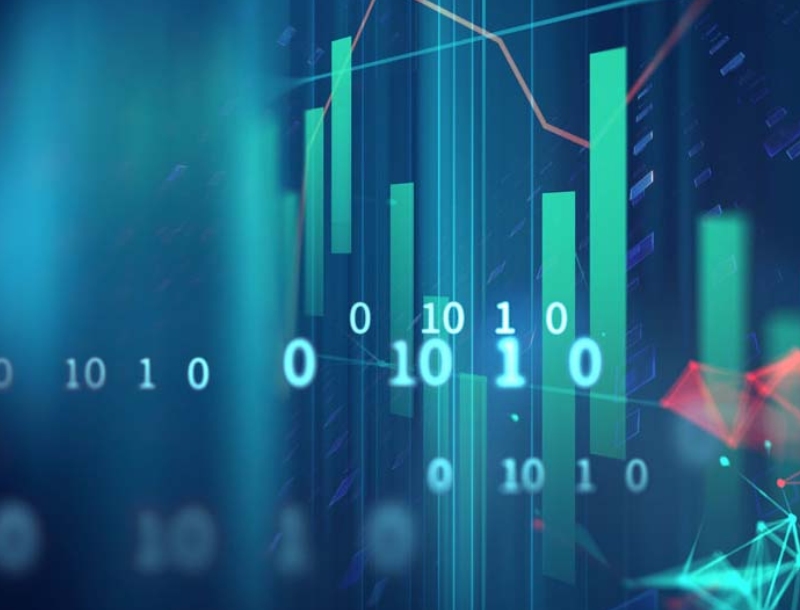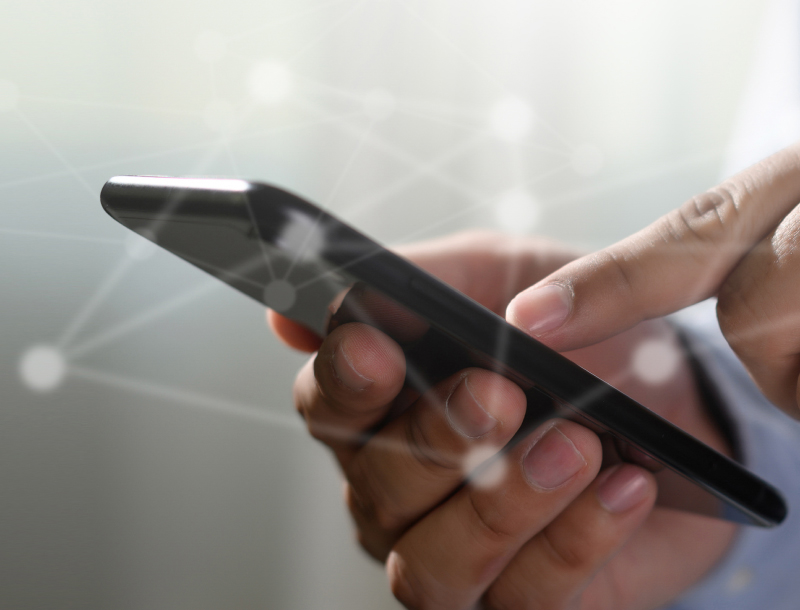IoT & Embedded Systems
Discover IoT and embedded systems solutions that leverage the latest technologies to connect devices and systems, creating a smarter, more efficient world.
-
Big Data, Data Analytics
-
Advanced Wireless Communications
-
Sensors and Sensing
-
Electrical Grid Energy System Management

Big Data, Data Analytics
As the amount of data generated by and shared through the internet soars to 44ZB by 2020, a new field of data science and data analytics is emerging as a promising new research area with the prospects of huge value creation.
Massive amounts of data are being generated by an estimated 50B sensors, and that data must be transported and federated to larger server installations through common data frameworks for interoperability and security protocols to ensure data integrity. The data must then be analyzed using various analytics technqiues on large scale computing installations, recognizing patterns through creation of novel analysis algorithms and then creating insights and drawing conclusion. Example applications of an interconnected system such as this include city-wide energy management of traffic management or traffic management,surveillance and security systems, industrial factory automation, retail and commercial building management, or advanced vehicle or fleet logistics.
Research interests in this area would include data structures for efficient collection, communication and analysis of data; communications and security protocols; data algorithm creation and optimization; data security; distributed computing; distributed system synchronization; system performance and performance optimization; and system autonomy.

Advanced Wireless Communications
Our world is increasingly connected by a myriad of wireless communication protocols. Smartphones, GPS signals, low-energy bluetooth, and industrial communications standards offer a standard, high-speed mechanism for large transfer of data. The Internet will approach 44ZB of data by 202, with all of the data needed to be fully interconnected and interoperable. New devices will require new communications protocols to optimize their power consumption and performance needs. And inthe background, our wireless spectrum is increasingly crowded and innovative techniques must be created to improve the data delivery efficieny using the spectrum available.
Research interests in this area would include novel techniques for data transmission; usage of communications spectrum; low power communications; research into usage of new spectra for communications such as visible or UV light device-side receiver and transmitter optimizations; data transmission security.

Sensors and Sensing
The development and application of sensor technologies in devices and systems will improve user interaction(UI) and user experience(UX) simply by representing and enhancing the senses of human. Sensors technologies can provide well conditioned signal to be used in statistical analysis based on specific criteria to allow a robust, consistent and efficient decision making to take place. The adoption of sensors in smart electronic gadgets can be seen throughout the consumer market place however the maturity of the technology from application and desirability perspective are still in its development stage. Therefore the ability to unleash the full potential of sensors is encouraged.
One important area to support the development of sensors is the ability to accurately emulate the various types of activities; be it from human or machnines; that sensors take as inputs. This is seen as the first crucial step towards the development of sensor technologies to enable the end goal of providing a complete solution to mankind. Once the well represented activity is obtained, the next step will be to provide the proper analytical computation based on desired criteria for the execution of a particular decision. The latter requires in-depth understanding and qualification of user’s behaviour and situations awareness. The final step will be the development of new age sensors to tap into inputs without the need of physical interaction and one good example is the electroencephalogram(EEG). The EEG will further push the boundary of UI and UX towards a mind controlled future.
The advent of internet of things (IoTs) will escalate the need for smart devices to sense and interact with its surrounding environment. Sensora are the primary building block for any IoT application to sense and collect data for analytics purpose. Silicon based accelerometer used to find its application in automotive industry to measure the vehicle movement(yaw, lateral movement) for their active suspension systems and vehicle stability assist system. Today, a typical smartphone not only is equipped with such accelerometer, it also has gyro, light, proximity, temperature, sound sensors etc. to make them “smart”. Accelerometer is now commonly used to detect the fall of the smartphone/walkie/talkie user (or detect the phone screen orientation). As new application demand becomes more intense, newer sensors may need to be developed. An area that’s of high growth is the biomedical sensors. These biomedical sensors to detect glucose level, oxygen level or osmolality may be slow, but they are needed to interact with human tissue, neurotransmitters, cytokines etc. Hence an opportunity arises.

Electrical Grid Energy System Management
Reliable, clean, affordable energy is fundamental to every sector of the economy. The Malaysia Nation Energy Policy of 1979 identified three princiopal energy objective;
1). Supply (adequate, secure and cost effective),
2). Utilization (efficient usage),
3). Environmental (minimize negative impacts).
To achieve these objectives, continued research is needed in the areas of;
- Electricity supply and demand management
- Phasor Measurement Units(PMU) utilization to stabilize the grid
- Energy efficiency
- Storage, both grid-tied and isolated
- Demand response protocols
- Microgrid deployment and IT security
- Low energy harvesting
All of these researh areas have the potential to increase energy reliability, reduce costs, and decrease emissions from fossil fuel consumpltion.
Battery technologies
With the increasing use of battery-operated devices such as mobile phones, laptop computers, tablets and power tools, there is a greater need for bateries that have higher energy densities to power such devices. Not only are batteries needed with higher capacitied but also lighter and smaller as well as the ability to be recharged faster and to have more charge cycles. The impact gets worse as wearable coputing devices, electric vehicles and the internet of things take hold. Whilst there are incremental changes and improvements to battery technology, we are still very much tire to the Lithium Ion Battery technology, that was first commercialized in the early 1990s. There is significant research around the world to develop other forms of batteries (eg fuel-cells, super-capacitors) as well as improving the materials used in the typical Li-Ion battery designs such as using different materials for the cathode and anode of the battery as well as different electrolytematerial. These may include nanobatteries, of the use of titanium dioxide anodes, or silicon anodes or lithium-iron phosphate cathodes to many other differing materials and structures. The challenge then is find the materials or solutions that can be commercially viable that meets the demands of the ever-increasing need of higher energy densities along with other requirements of fast charging, lighter, smaller and at the same time safe and reliable.


